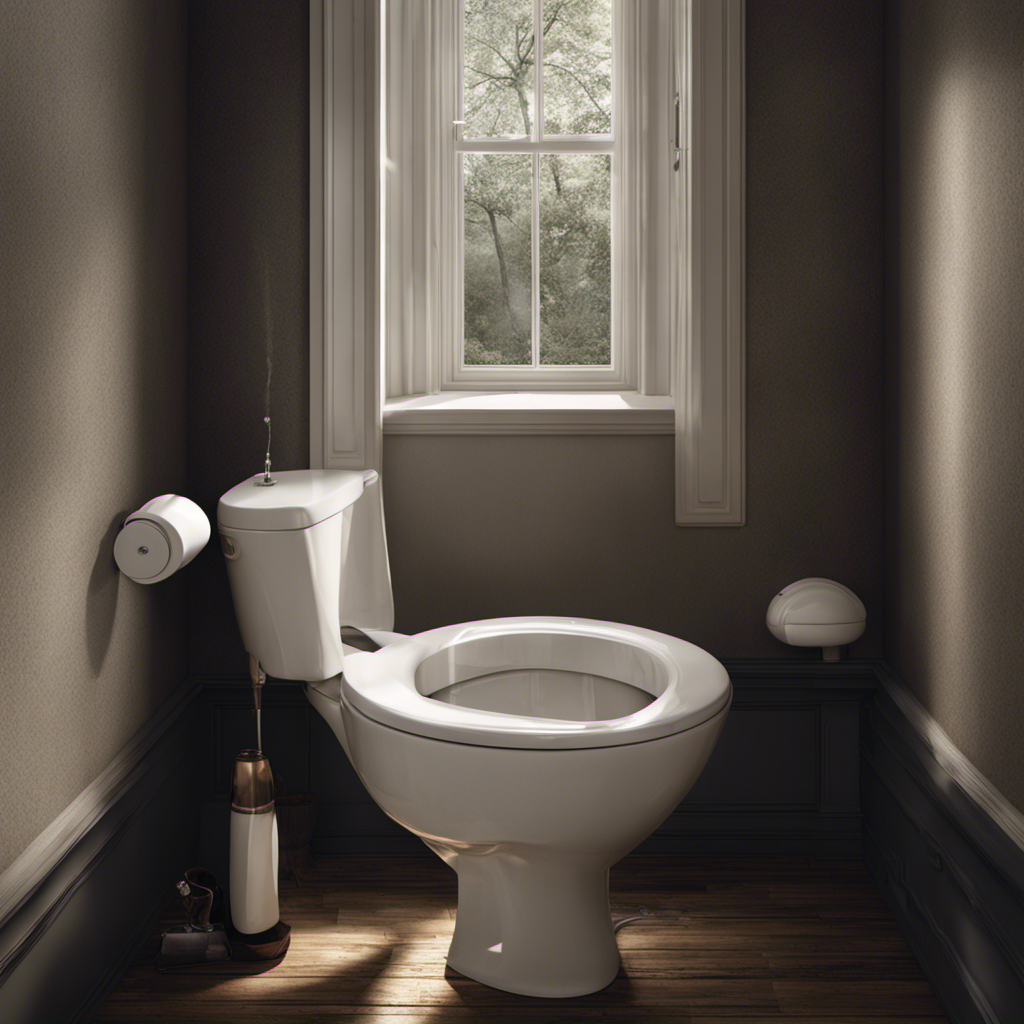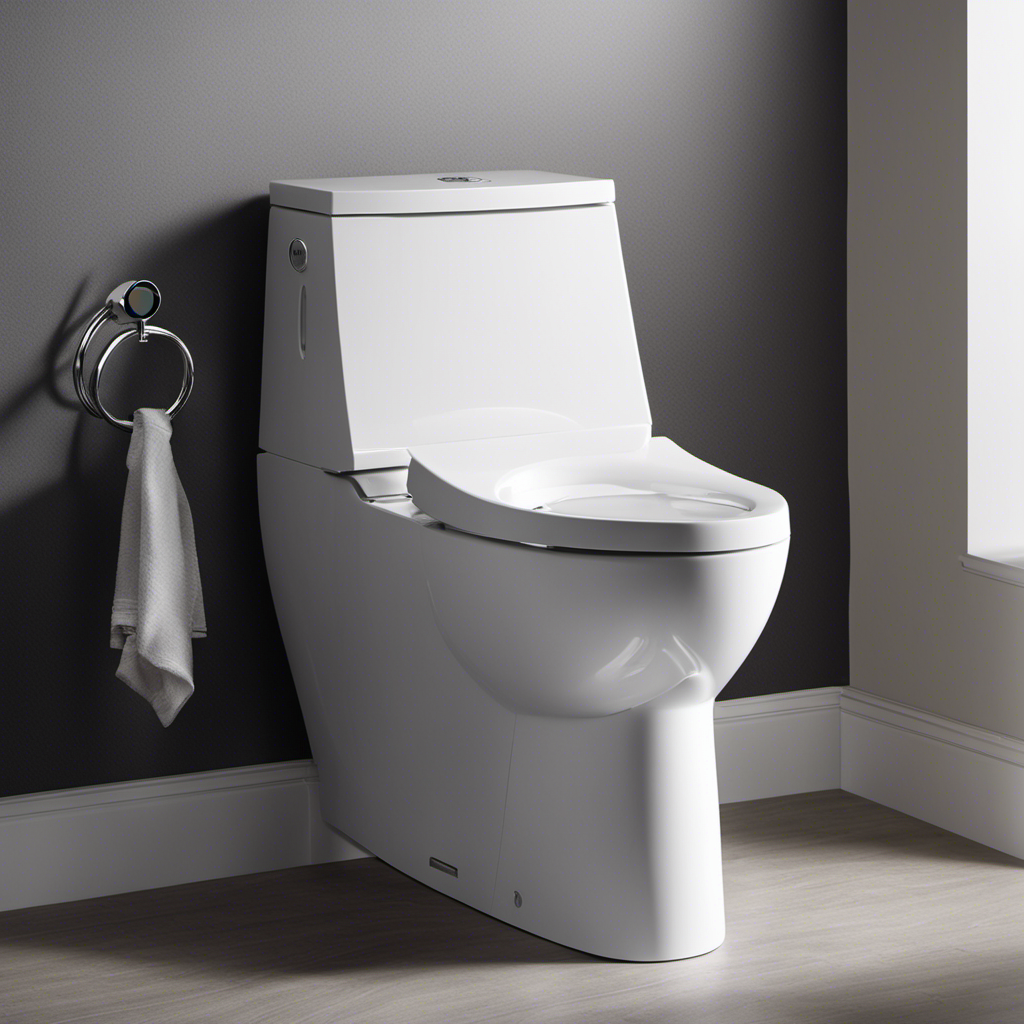Do you find yourself feeling frustrated in the quest to discover the ideal fill valve for your toilet? We’ve all experienced the struggle of tirelessly searching for a fitting that matches perfectly.
But fear not! In this article, we will delve into the world of toilet fill valves, exploring their compatibility and the factors that affect it.
Get ready to master the art of finding the right fill valve for your toilet and bid farewell to those plumbing woes once and for all.
Key Takeaways
- Universal fill valves may not fit all toilets.
- Toilet brand and model can impact fill valve compatibility.
- Water pressure and flow rate can affect the suitability of fill valves for certain plumbing systems.
- Understanding compatibility factors is crucial for troubleshooting fill valve issues.
Toilet Fill Valve Basics
Toilet fill valve basics cover the essential information about how to choose and install the right fill valve for your toilet. Understanding fill valve components is key to successfully troubleshooting any problems that may arise.
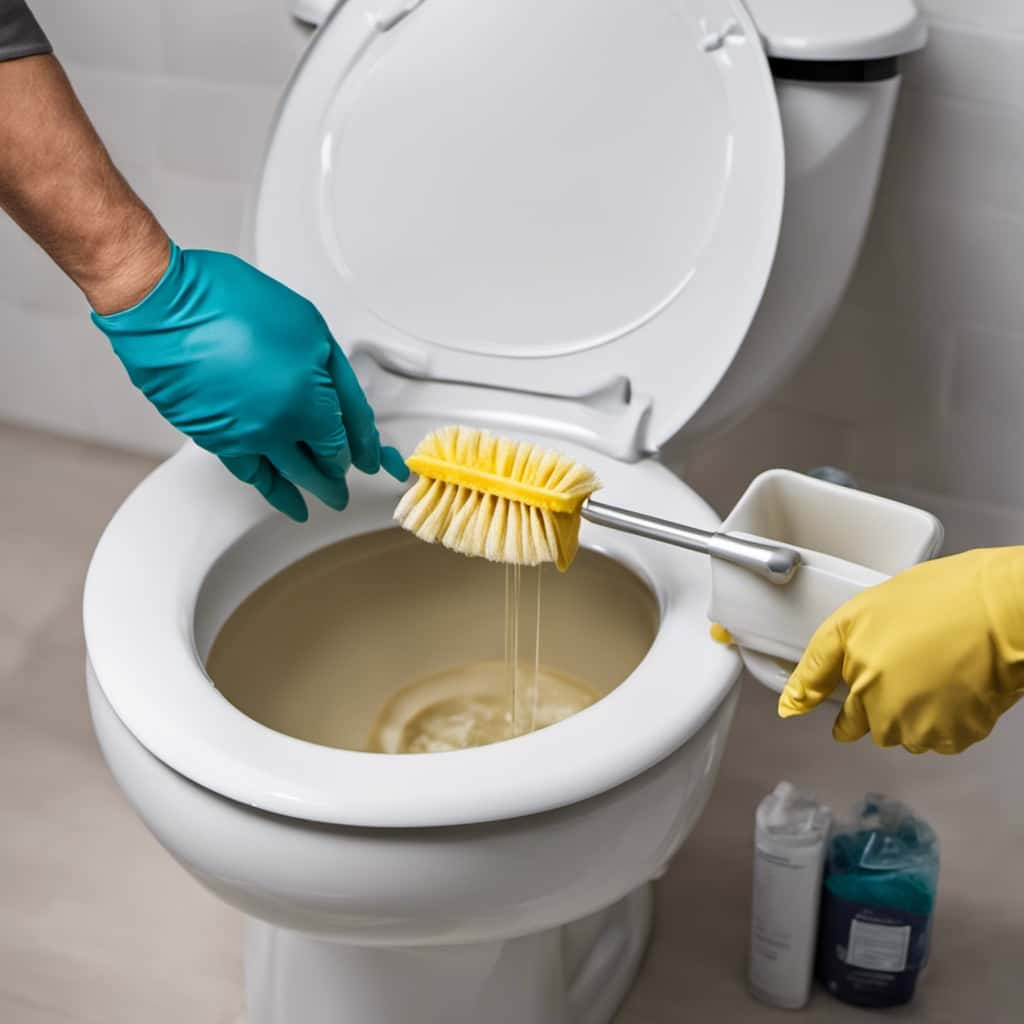
The fill valve is responsible for regulating the water flow into the toilet tank, allowing it to fill up after each flush. It consists of several components, including the float, refill tube, and the valve itself. The float is designed to rise as the water level in the tank rises, signaling the valve to shut off the water flow.
The refill tube directs water into the overflow tube, preventing any potential overflow. When troubleshooting fill valve problems, it’s important to check for any leaks, adjust the float level if necessary, and ensure proper water flow.
Understanding Toilet Fill Valve Compatibility
When it comes to understanding toilet fill valve compatibility, it’s important to consider whether any fill valve will fit every type of toilet. While there are universal fill valves available, not all toilets are compatible with these universal options. To ensure a proper fit and function, it’s crucial to consider the specific requirements of your toilet.
Factors affecting toilet fill valve compatibility:
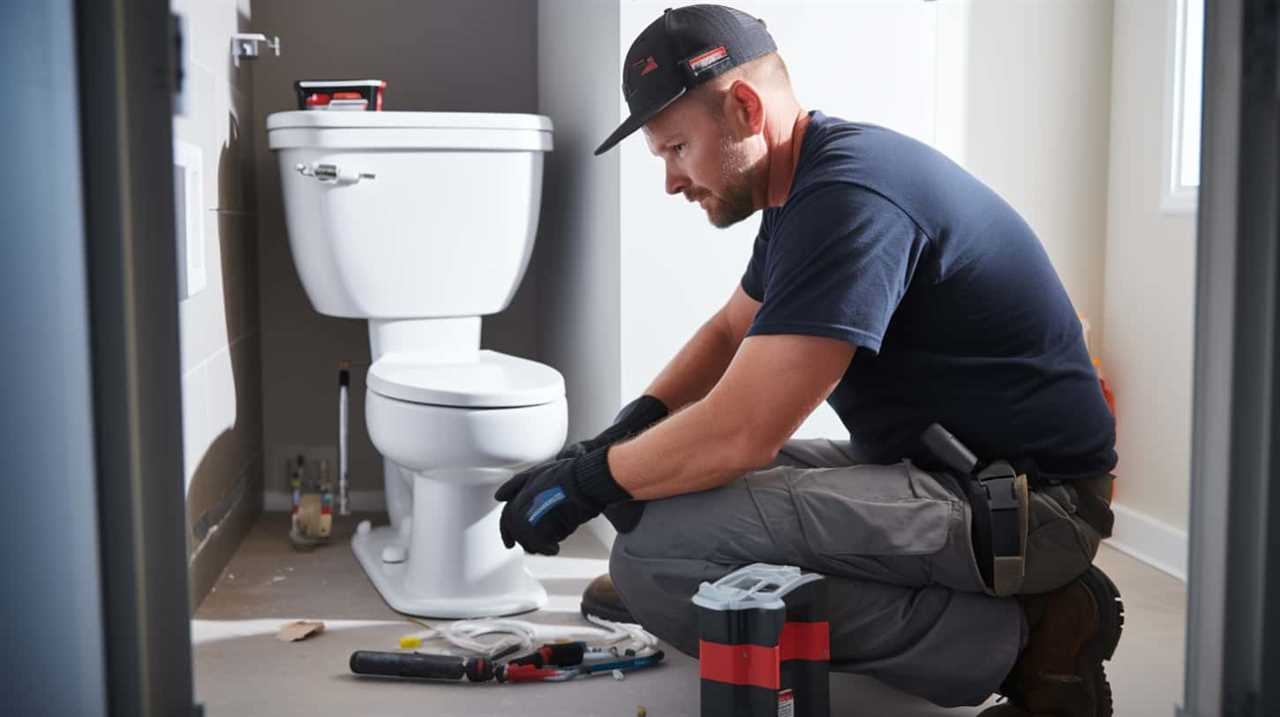
- Toilet brand and model: Different toilets have varying design specifications, such as the size and shape of the tank, which can impact the compatibility of fill valves.
- Water pressure and flow rate: Some fill valves are designed to handle higher water pressure or flow rates, while others may not be suitable for certain plumbing systems.
Understanding these compatibility factors is essential for troubleshooting fill valve issues and ensuring a longer lifespan for your toilet’s fill valve. By choosing the right fill valve for your toilet, you can prevent leaks, optimize water usage, and maintain the efficient operation of your toilet.
Factors Affecting Fill Valve Compatibility
When considering the factors affecting fill valve compatibility, there are three key points to consider.
Firstly, toilet model compatibility is crucial as different toilets have varying dimensions and designs that may require specific fill valve types.
Secondly, water pressure requirements must be taken into account to ensure proper functioning of the fill valve.
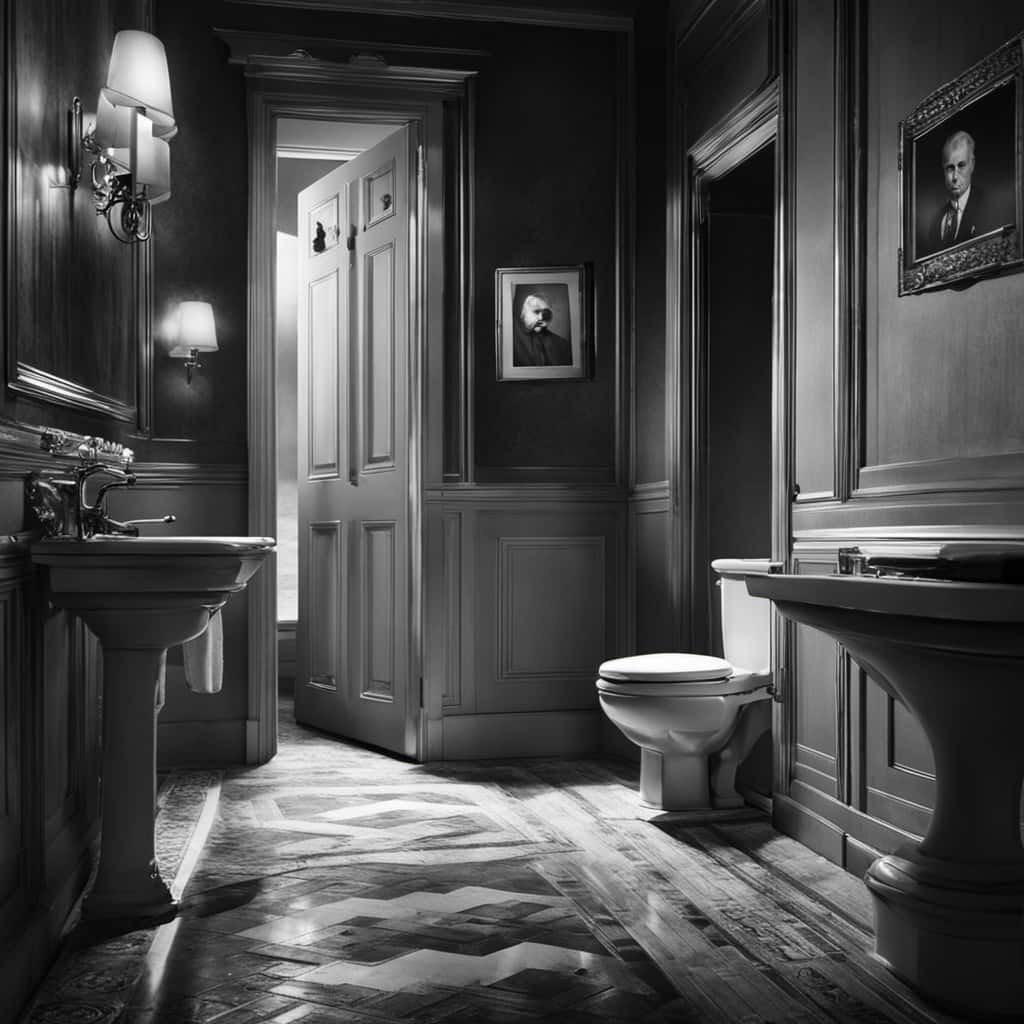
Lastly, installation process variances, such as the type of flush lever and connection method, can also impact the compatibility of the fill valve with the toilet.
Toilet Model Compatibility
One important factor affecting fill valve compatibility is the specific model of the toilet. Different toilet models have unique designs and specifications that can impact the compatibility of fill valves. Here are two factors to consider when it comes to toilet model compatibility:
- Toilet Tank Configuration: The design of the toilet tank can vary between models, affecting the positioning and attachment of the fill valve. Some tanks may have limited space or unconventional shapes, making it challenging to install a standard fill valve. It’s crucial to choose a fill valve that aligns with the specific tank configuration to ensure proper fit and function.
- Flush System Compatibility: The flush system of the toilet, such as gravity-fed or pressure-assisted, can also influence fill valve compatibility. Each flush system requires a specific type of fill valve to accommodate its unique operating mechanism. Using an incompatible fill valve can result in issues like toilet fill valve leaking or improper water flow, leading to inefficient flushing and potential water wastage.
Considering these factors and troubleshooting toilet fill valve issues can help ensure the compatibility of fill valves with different toilet models, promoting optimal performance and preventing potential problems.
Water Pressure Requirements
How does water pressure impact the compatibility of fill valves with different toilets?

Water pressure plays a crucial role in determining the compatibility of fill valves with toilets. A fill valve requires sufficient water pressure to ensure proper functioning. Insufficient water pressure can lead to incomplete filling of the tank, resulting in a weak flush or inadequate water level. On the other hand, excessive water pressure can cause the fill valve to malfunction or lead to leaks.
Troubleshooting water pressure issues is essential to maintain fill valve compatibility. If the water pressure is too low, it might be necessary to check the main water supply line or the fill valve’s inlet screen for clogs. Conversely, if the water pressure is too high, installing a pressure reducing valve might be necessary to prevent damage to the fill valve and other plumbing components.
Installation Process Variances
We installed various fill valves on different toilets to determine the factors that affect fill valve compatibility. During the installation process, we observed several variations that can impact the compatibility of fill valves with different toilets. These installation variations include:
- Toilet Design:
- The shape and size of the toilet tank may affect the fit of the fill valve.
- Some toilets have unique features or obstructions that may require specific fill valve designs.
- Mounting Mechanism:
- The method of attaching the fill valve to the toilet tank can vary.
- Different toilets may require different types of mounting hardware or adapters.
Understanding these installation variations is crucial for ensuring the proper fit and function of a fill valve.
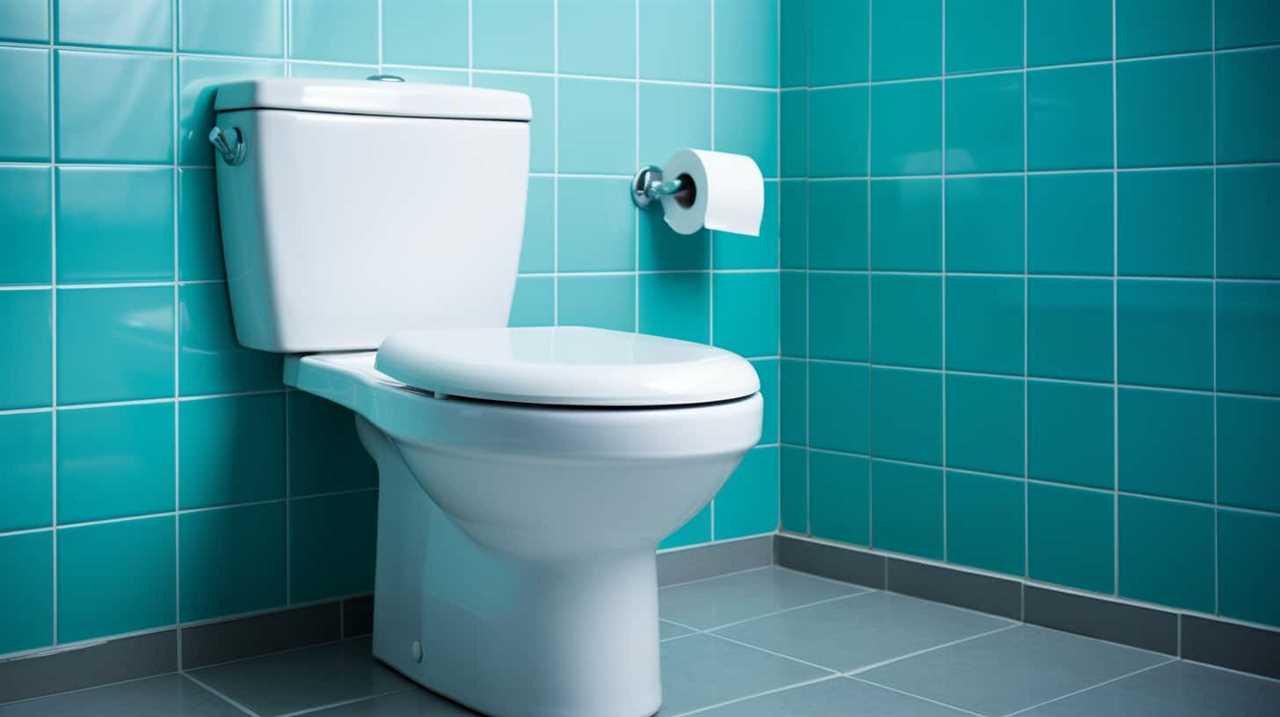
To troubleshoot any compatibility issues, here are some tips:
- Measure the dimensions of your toilet tank before purchasing a fill valve.
- Research the specific requirements of your toilet model to find a compatible fill valve.
- Consult the manufacturer’s instructions or seek professional advice if you encounter difficulties during installation.
Different Types of Fill Valves
When it comes to fill valves, compatibility is key. Understanding the different types and features of fill valves is essential for finding the right fit for your toilet.
From float valves to diaphragm valves, each type has its own installation considerations that need to be taken into account.
Compatibility of Fill Valves
An article determiner is used to introduce the subtopic: ‘The compatibility of fill valves varies depending on the different types available.’
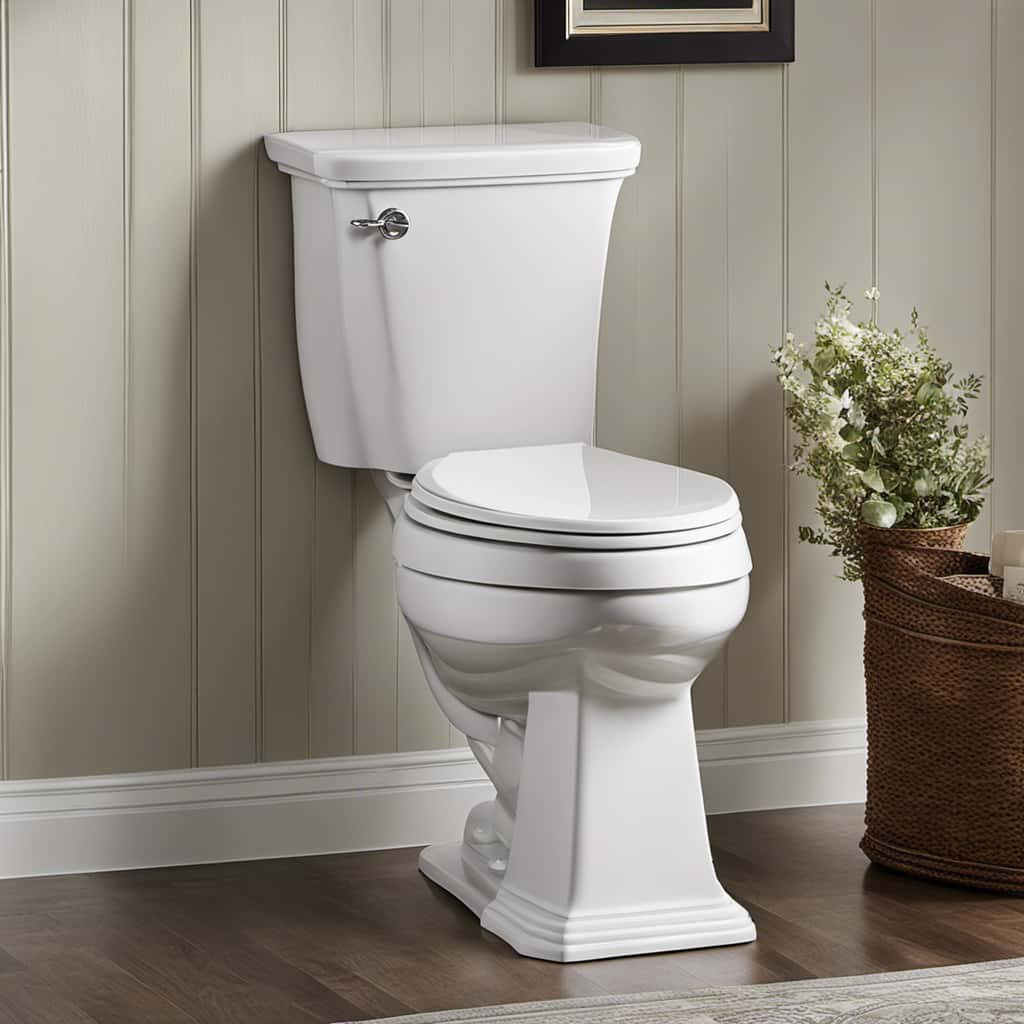
- When it comes to compatibility, it’s important to understand that not all fill valves are interchangeable. Different types of fill valves have varying specifications, which can affect their compatibility with different toilet models.
- It’s crucial to consider the lifespan of the fill valve. Over time, fill valves may deteriorate due to wear and tear, leading to issues such as inconsistent water flow or constant running water. Troubleshooting fill valve issues often involves inspecting the valve for any signs of damage, such as cracks or leaks, and replacing it if necessary.
Types and Features
The types and features of fill valves play a crucial role in determining their compatibility with different toilet models. Understanding the various types of fill valves and their specific features can be beneficial for toilet fill valve maintenance and troubleshooting fill valve issues.
One common type of fill valve is the ballcock fill valve. It consists of a floating ball attached to an arm that controls the water flow. This type of fill valve is often found in older toilets.
Another type is the diaphragm fill valve, which uses a diaphragm to regulate the water level in the tank. This type is known for its quiet operation and is commonly found in modern toilets.
Other types include the float cup fill valve, which uses a float cup to control the water level, and the pressure-assisted fill valve, which uses water pressure to fill the tank quickly. Each type of fill valve has its own unique features and advantages, so it’s important to select the right one for your toilet model.
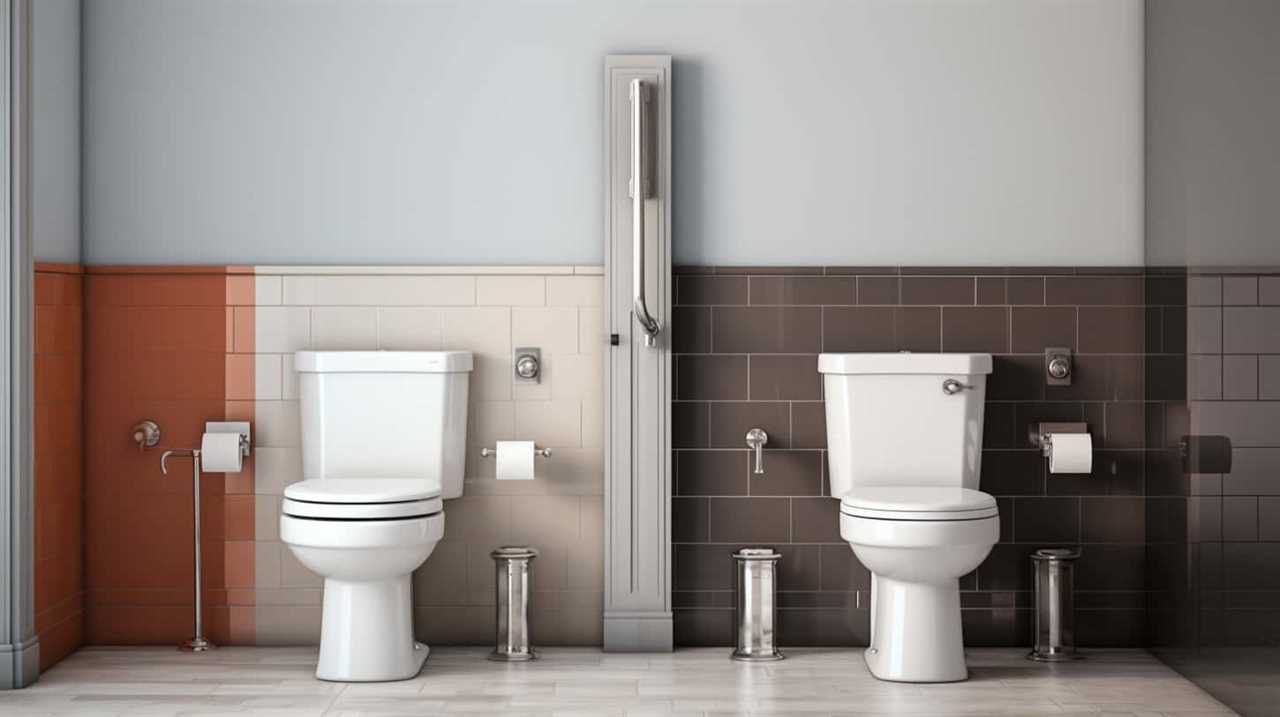
When troubleshooting fill valve issues, it’s important to consider the type and features of the fill valve. Common problems include leaks, low water levels, and inconsistent water flow. By understanding the specific type and features of your fill valve, you can identify and resolve these issues more effectively.
Installation Considerations
As we delve into the installation considerations for different types of fill valves, it’s important to note the compatibility between these valves and various toilet models. When it comes to toilet fill valve troubleshooting, it’s crucial to choose the right type of fill valve for your specific toilet model. Here are some key points to consider:
- Toilet Model Compatibility:
Different toilet models may require specific fill valve types. It’s essential to check the manufacturer’s recommendations or consult a professional to ensure compatibility.
Some fill valves may require modifications or additional parts to fit certain toilet models. It’s advisable to carefully read the installation instructions and follow them precisely. - Best Fill Valve Brands:
Choosing a reputable and reliable brand for your fill valve can greatly impact its performance and longevity.
Some well-known fill valve brands include Fluidmaster, Korky, and Toto. These brands are known for their quality, durability, and ease of installation.
How to Determine Your Toilet’s Fill Valve Size
To determine our toilet’s fill valve size, we can measure the diameter of the existing fill valve. This measurement is crucial when it comes to toilet fill valve replacement or troubleshooting toilet fill valve issues. The fill valve, also known as the ballcock, is responsible for refilling the tank after each flush. It is essential to choose the right size fill valve to ensure proper water flow and prevent leaks. To measure the fill valve diameter, simply use a ruler or measuring tape and determine the distance across the widest part of the valve. Once you have this measurement, refer to the table below to determine the corresponding fill valve size:
| Fill Valve Diameter (inches) | Fill Valve Size |
|---|---|
| 2 | Small |
| 2.5 | Medium |
| 3 | Large |
Common Issues With Replacing Fill Valves
When replacing fill valves, it’s important to be aware of common issues that may arise. Troubleshooting fill valve issues can be frustrating, but understanding the potential problems can help you tackle them effectively.

Here are some common toilet fill valve replacement problems and how to address them:
- Water leakage: If you notice water leaking from the fill valve, it could be due to a faulty seal or a loose connection. Check the seals and tighten any loose connections to resolve the issue.
- Inconsistent water flow: If the water flow from the fill valve is inconsistent, it could be caused by a clogged valve or debris in the water line. Clean the valve and flush out any debris to restore proper water flow.
Steps to Replace a Fill Valve in Your Toilet
To replace a fill valve in your toilet, we start by examining the existing fill valve and assessing its condition. Before beginning the toilet fill valve installation, it’s important to troubleshoot any fill valve issues.
First, turn off the water supply to the toilet by shutting off the valve located behind the toilet tank. Flush the toilet to drain the water from the tank. Next, disconnect the water supply line from the bottom of the tank and remove the old fill valve. Take note of the size and type of the old fill valve to ensure compatibility with the replacement.
Install the new fill valve according to the manufacturer’s instructions, making sure all connections are tight and secure. Finally, turn on the water supply and check for any leaks. This concludes the process of replacing the fill valve in your toilet.

Now that we’ve successfully replaced the fill valve, let’s move on to the next step: choosing the right fill valve for your toilet.
Tips for Choosing the Right Fill Valve for Your Toilet
Now, let’s delve into the important aspect of selecting the right fill valve for our toilet, building upon our previous discussion.
When it comes to choosing the right fill valve for your toilet, there are a few key factors to consider. Here are some tips to help you make an informed decision:
- Compatibility:
- Ensure that the fill valve you choose is compatible with your toilet model. Check the manufacturer’s specifications or consult a professional if you’re unsure.
- Consider the size and shape of your toilet tank to ensure a proper fit.
- Performance:
- Look for a fill valve that offers reliable and efficient water flow. Opt for models that provide adjustable water levels to prevent overfilling and excessive water consumption.
By following these tips, you can ensure a successful toilet fill valve installation and minimize the chances of encountering any troubleshooting fill valve issues.
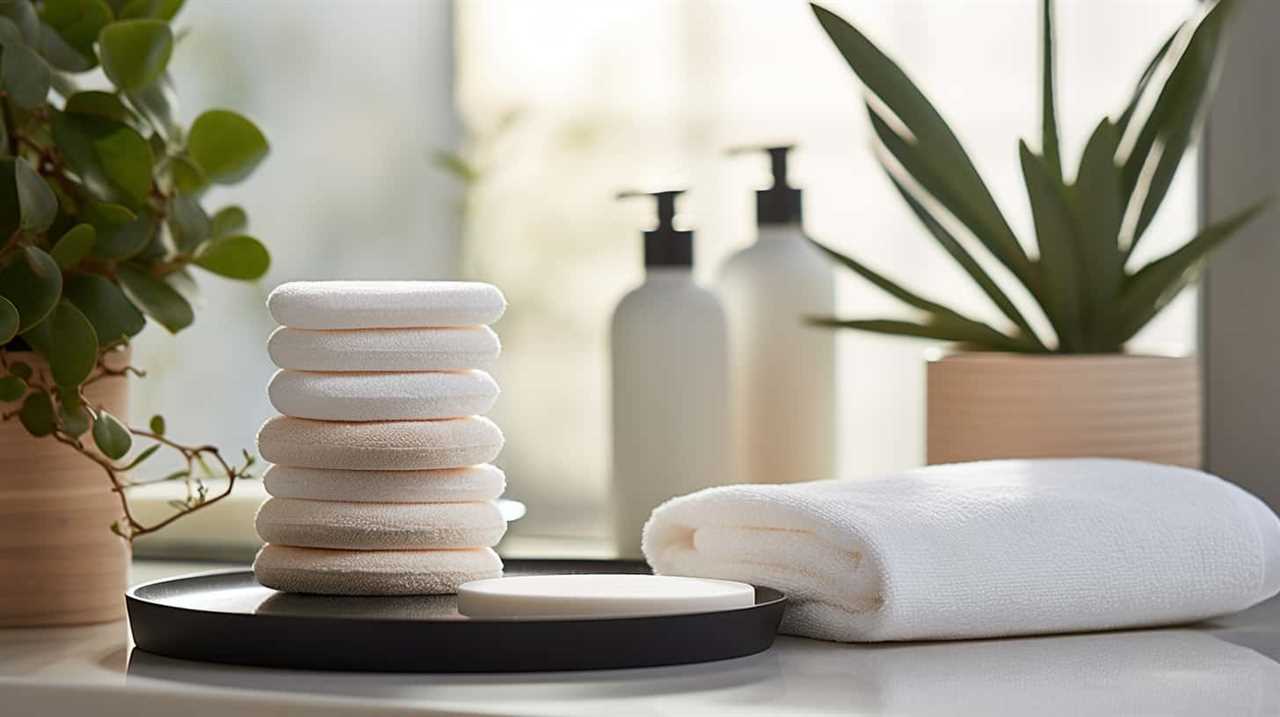
Conclusion: Finding the Right Fill Valve for Your Toilet
In order to find the right fill valve for our toilet, we need to consider compatibility, performance, and other important factors. Finding the right replacement parts can be a daunting task, but with a little knowledge and research, you can make an informed decision. Start by identifying the specific model and brand of your toilet, as this information will help you narrow down your options. Additionally, troubleshooting common fill valve issues can also provide valuable insights. Below is a table summarizing some key considerations when selecting a fill valve:
| Compatibility | Performance |
|---|---|
| Ensure the fill valve is compatible with your toilet’s make and model. | Look for a fill valve that provides efficient water flow and quick refill times. |
| Check for adjustable height options to accommodate different toilet tank sizes. | Consider a fill valve with a quiet operation to minimize noise. |
| Look for a fill valve that is easy to install and maintain. | Opt for a fill valve with a durable construction to prevent leaks and ensure longevity. |
Frequently Asked Questions
Can I Use a Fill Valve From a Different Brand in My Toilet?
Yes, we can use a fill valve from a different brand in our toilet. However, it’s important to consider fill valve compatibility and performance to ensure proper functionality and water efficiency.
Are All Fill Valves Adjustable in Terms of Water Level?
All fill valves are not created equal. While some fill valves are adjustable in terms of water level, not all are compatible with older toilets. It is essential to choose a fill valve that suits your specific toilet model.
Will a Universal Fill Valve Fit in Older Toilets?
Yes, a universal fill valve can fit in older toilets. However, it’s important to consider compatibility with dual flush toilets and adjust water pressure accordingly for optimal performance.
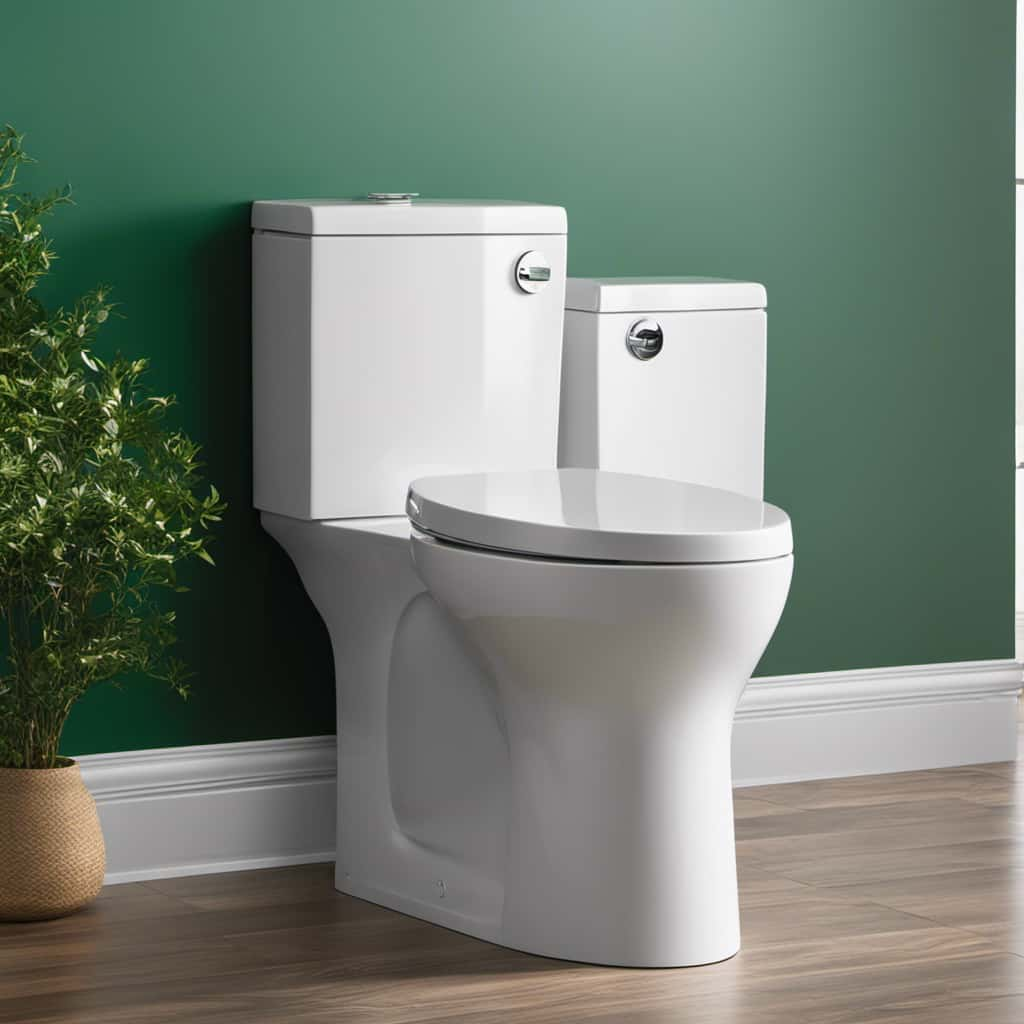
Can I Install a Fill Valve With a Higher Flow Rate in My Toilet?
Installing a fill valve with a higher flow rate in a toilet can increase water efficiency, but it may also lead to potential risks such as overflow. Determining the appropriate flow rate is crucial to balance performance and water usage.
Are There Any Fill Valves That Are Specifically Designed for Low-Flow Toilets?
Yes, there are fill valves specifically designed for low-flow toilets. These valves are optimized to work efficiently with low water consumption, providing the benefits of a low flow toilet while still ensuring proper flushing. There are also alternatives to low flow toilets, such as dual flush systems.
Conclusion
After understanding the basics of toilet fill valves and their compatibility with different toilets, it’s clear that not any fill valve will fit any toilet. Factors such as size, type, and specific toilet model play a crucial role in determining the right fill valve for your toilet.
By following the steps to replace a fill valve and considering the tips for choosing the right one, you can ensure a seamless and efficient flushing experience for your toilet.




